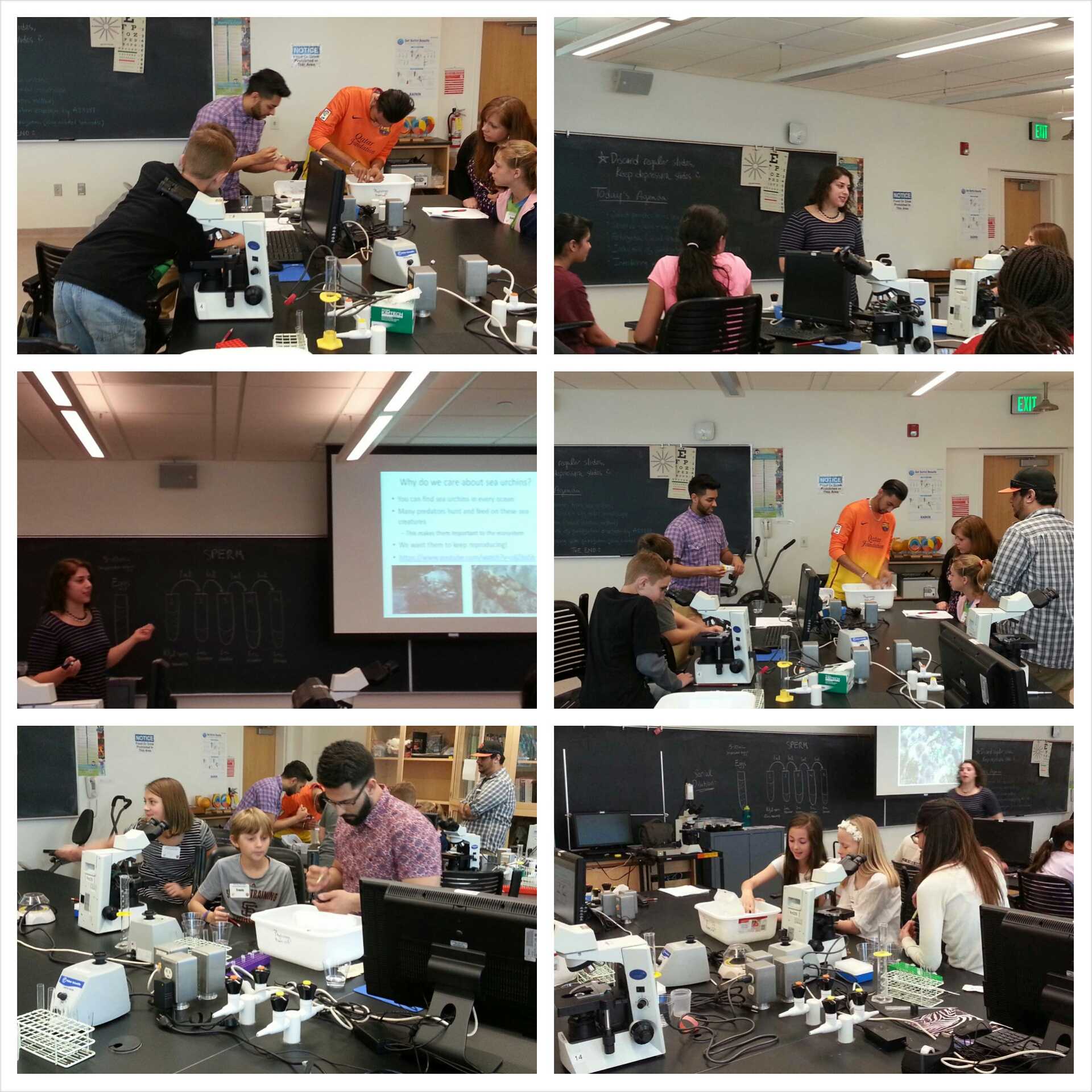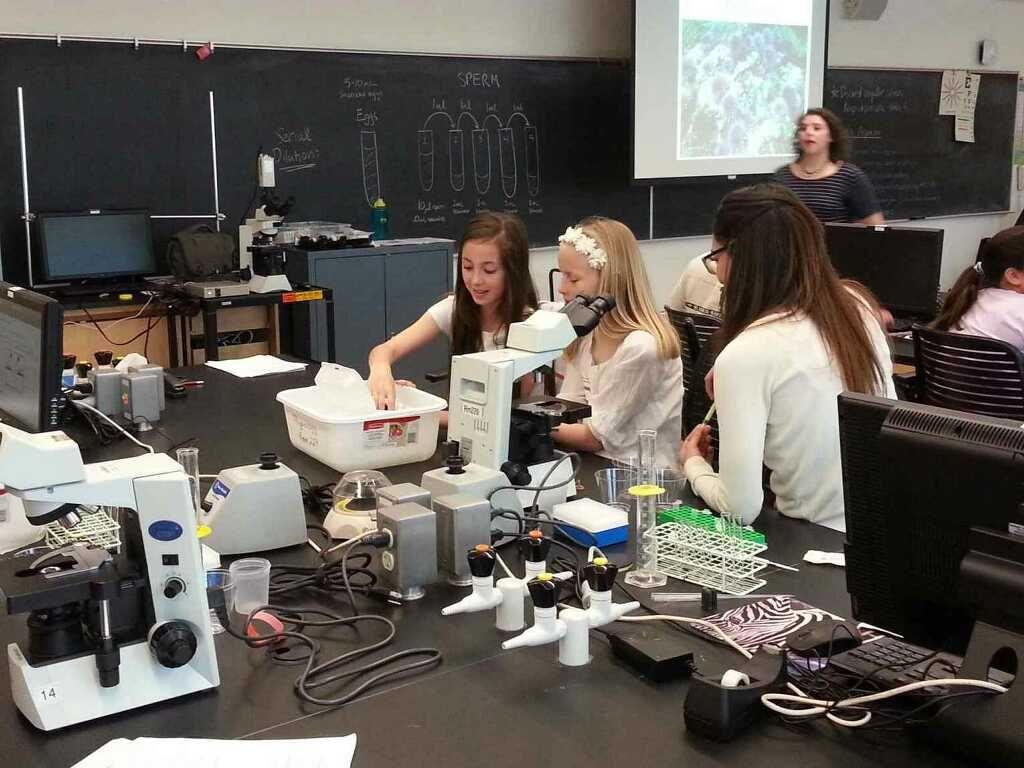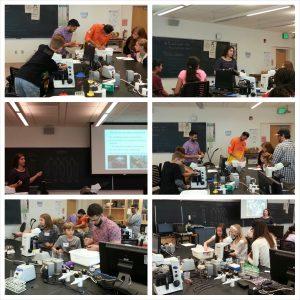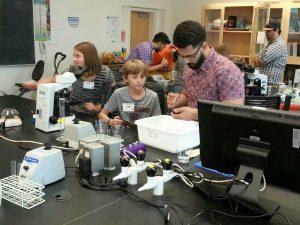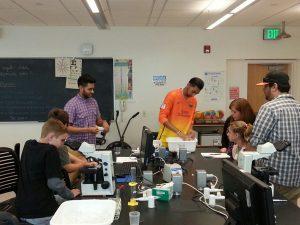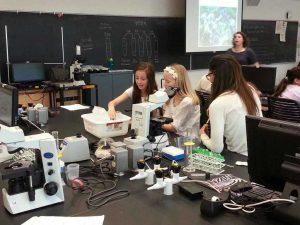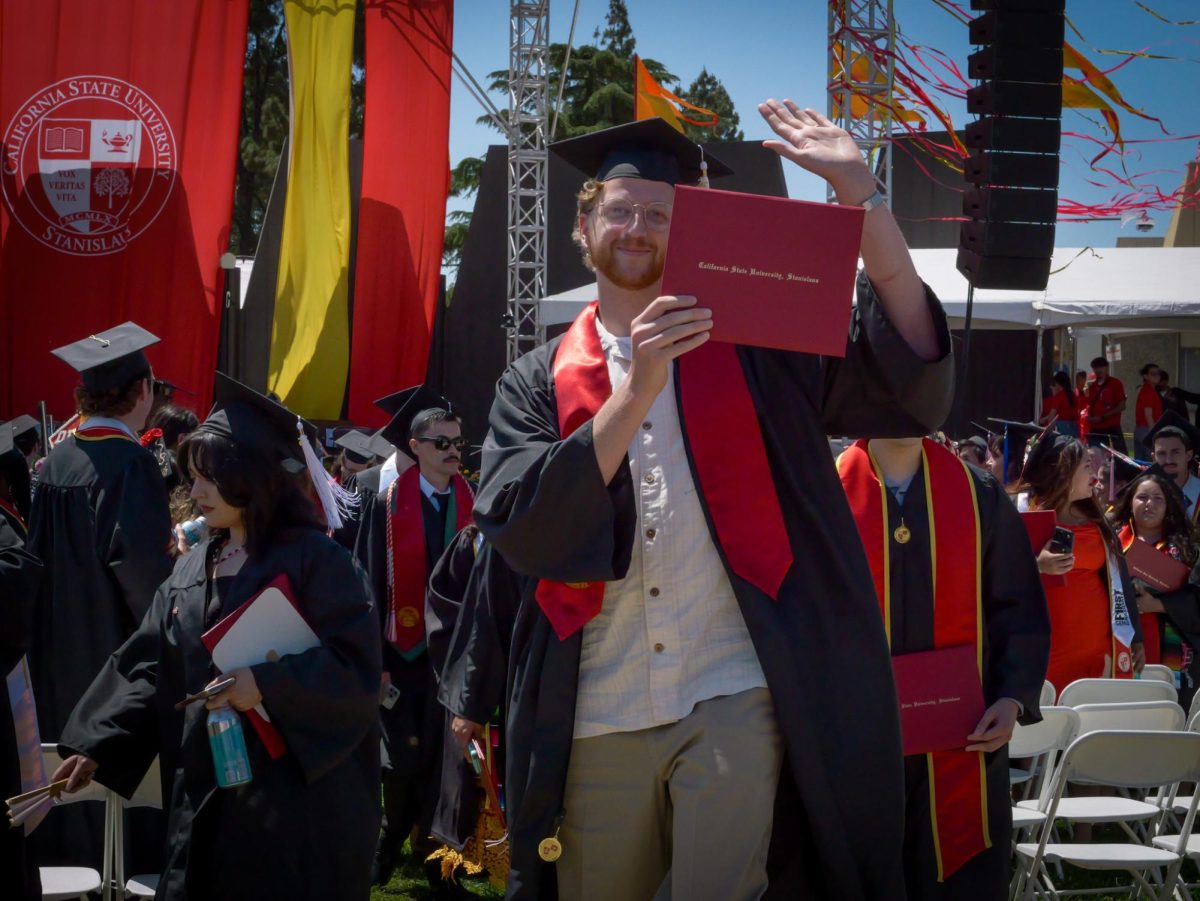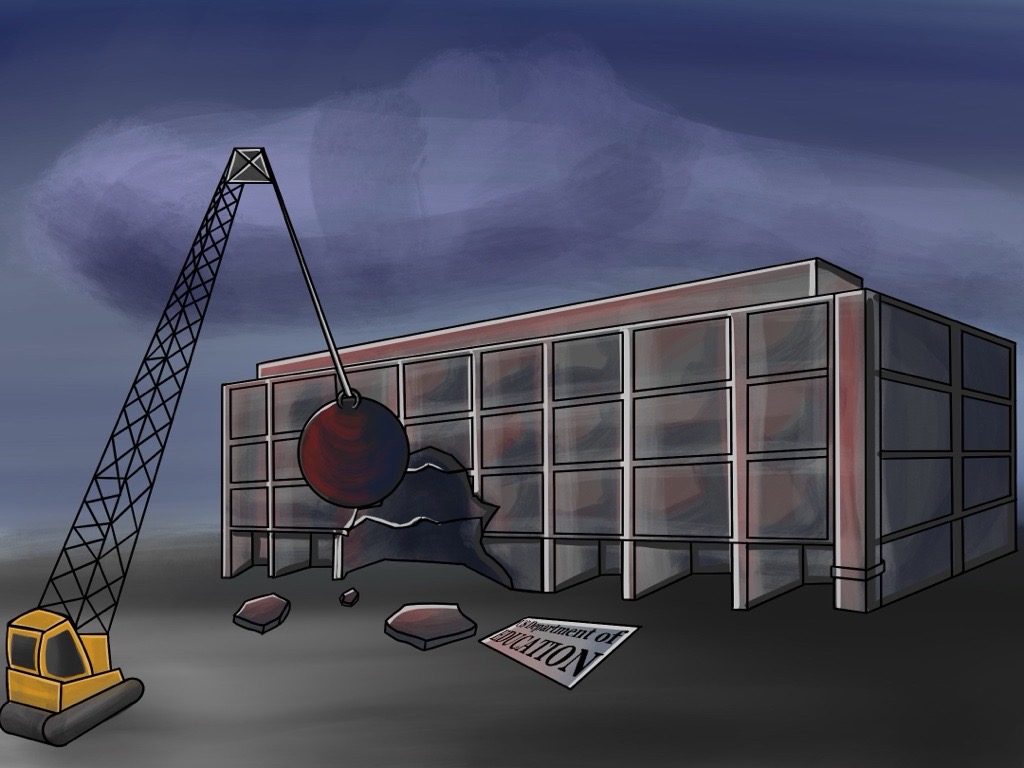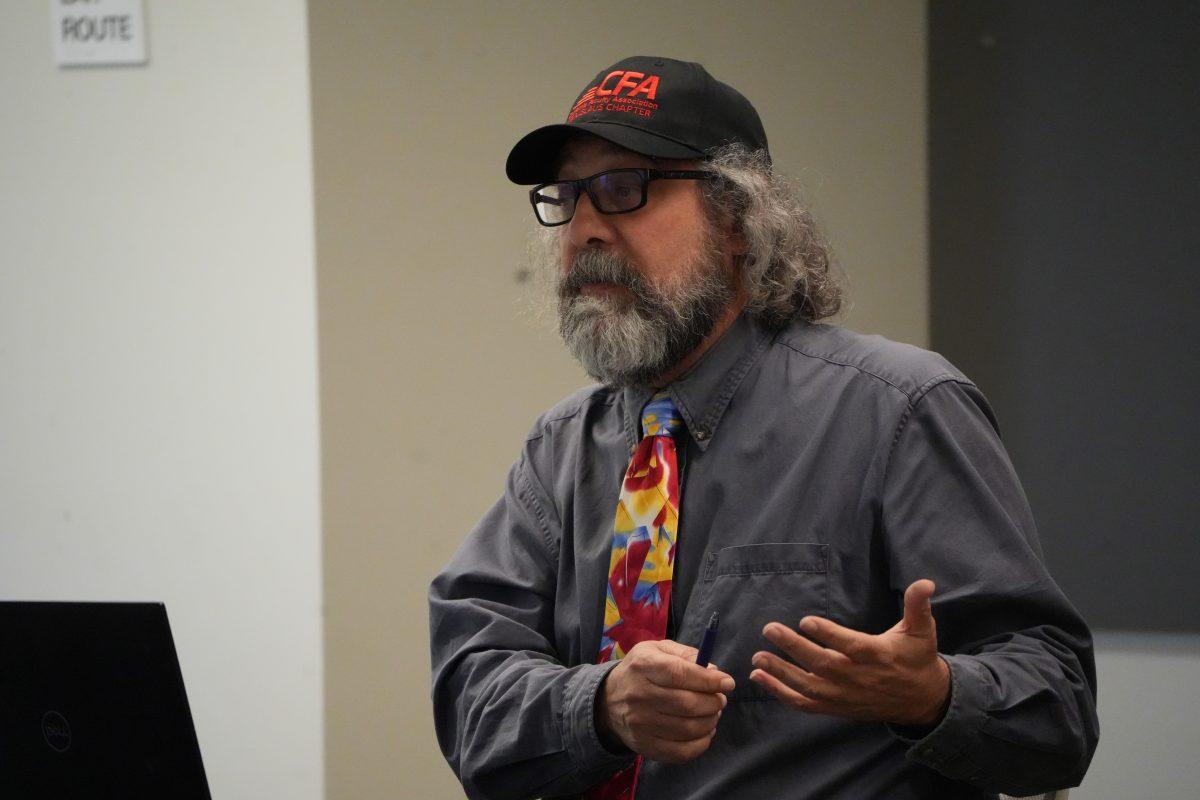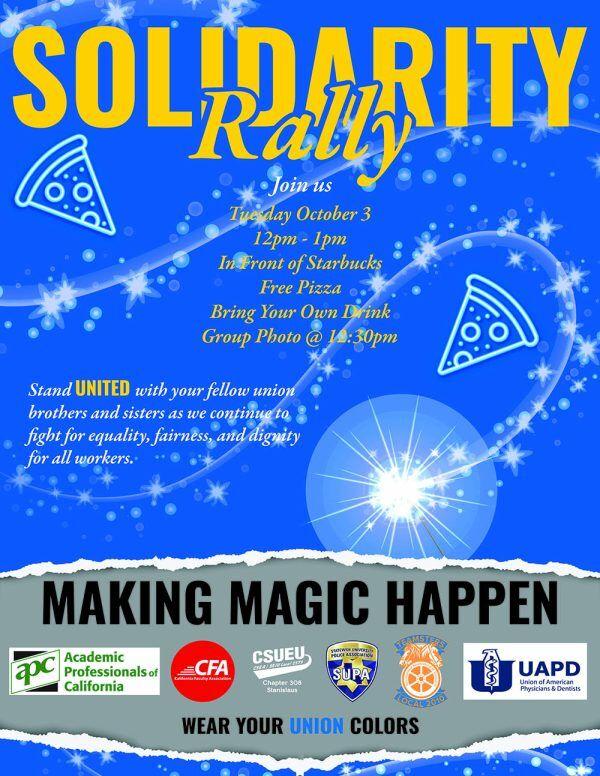Science Saturday was held March 21 by Dr. Mark Grobner and students in the Naraghi Hall of Science at California State University, Stanislaus.
Science Saturday introduced sea urchins to kids in fifth and sixth grade. The students were able to learn how to fertilize a sea urchin.
Sea urchins are important to the ecosystems, but many predators hunt and feed on these sea creatures. Humans have a huge impact on sea urchins as well because of what they dump into the ocean that can be harmful to them.
There were CSU Stanislaus student helpers to assist the children in the sea urchin fertilization lab. They assisted by injecting the sea urchins with potassium chloride- which caused the sea urchin to release sperm if it was a male and eggs if it was a female.
Next, the students took the sperm and put it through a process called serial dilution. After that, they diluted the amount of sperm and combined it with the eggs on a microscope slide to induce fertilization and show the kids the visual process of the cells dividing to make sea urchin babies.
The students were also able to see if the sea urchin would produce the same amount of sperm eggs with the jelly coat around it. The jelly coat is invisible around the egg but it is still present and able to be seen through a microscope. Lastly, the chemical A23187 was added which then induced the sperm.
Science Saturday is a great way for young students to learn about science in a hands on way.
Categories:
Science Saturday: Sea Urchin Fertilization Lab
By Brittney Battiste
•
March 22, 2015

Brittney Battiste/The Signal
0
Donate to Signal
Your donation will support the student journalists of California State University, Stanislaus. Your contribution will allow us to purchase equipment and cover our annual website hosting costs.
More to Discover


